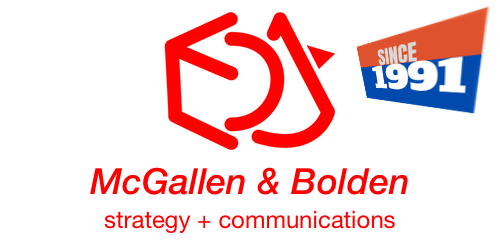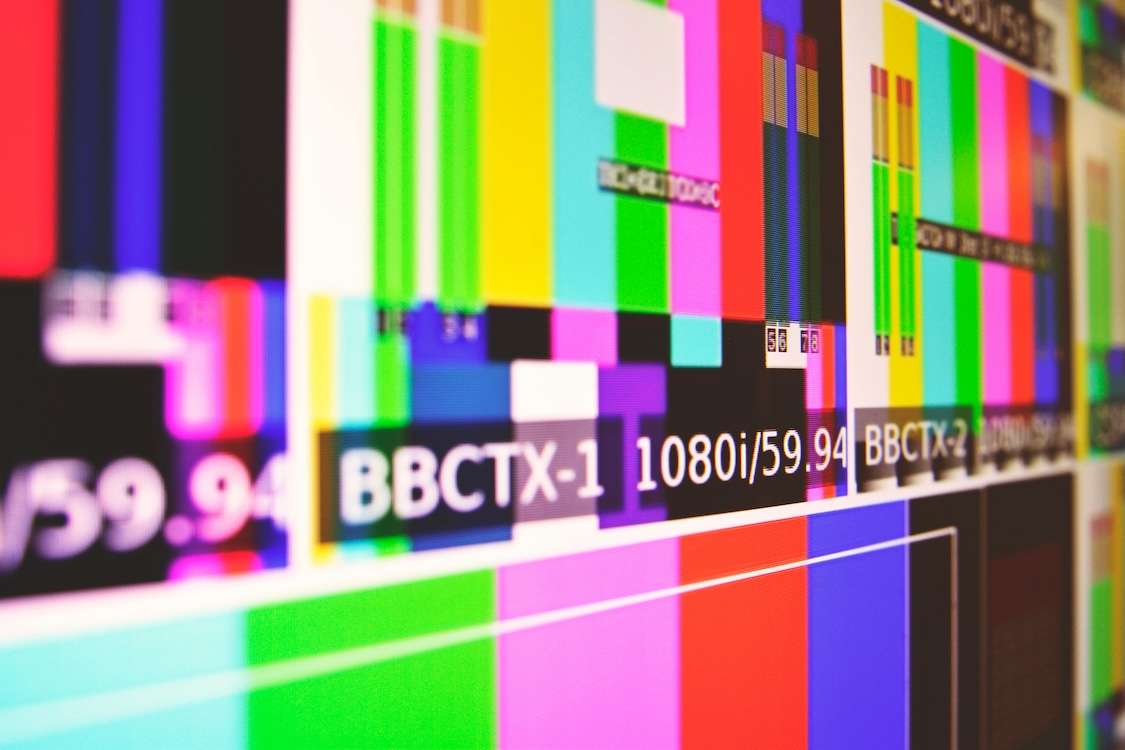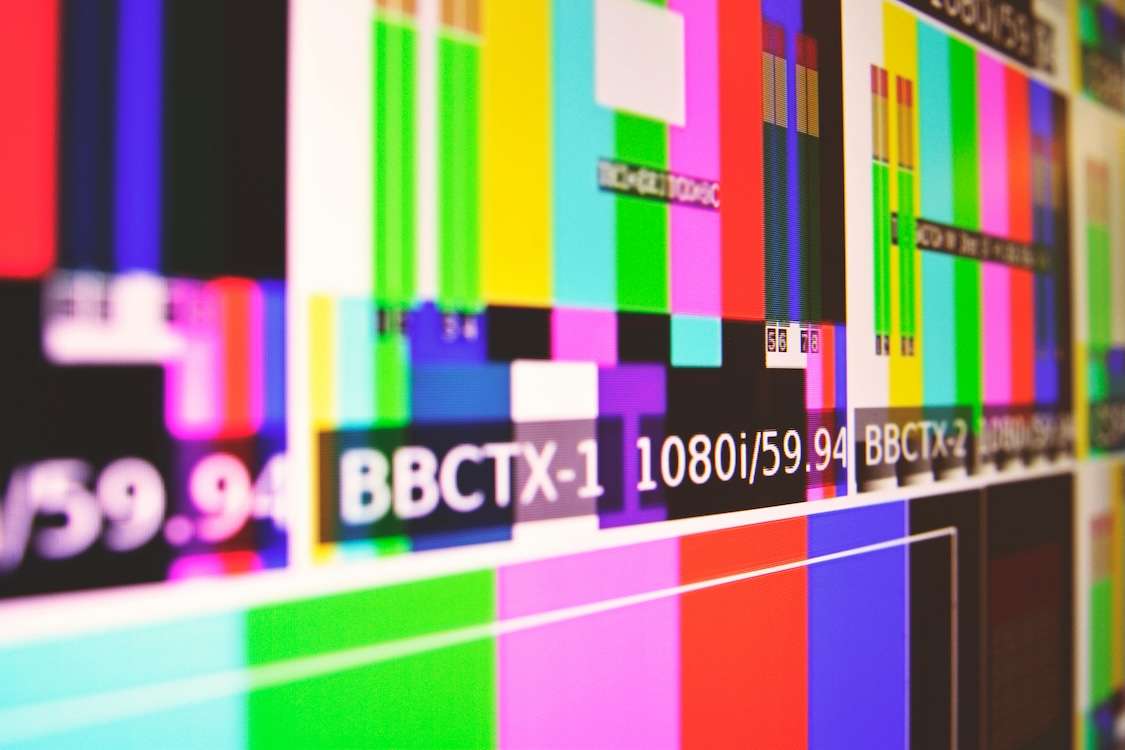Businesses in the Asia Pacific (APAC) region are facing challenges that have never been seen before in today’s fast-changing and often unstable world. With changes in geopolitics, trade wars, and the quick rise of AI, the need for a strong and proactive communication plan has never been greater. The days when a simple marketing plan was all you needed are over. Today, success depends on a complex, all-encompassing method called “strategic communications.”
What does it mean to communicate strategically?
Strategic communications is the planned use of communication to help an organization reach its goals and carry out its mission. It is a unified field that brings together different communication functions, such as marketing, public relations, and internal communications, to make sure that the message is the same across all channels. It’s about sending the right message to the right people at the right time with the clear goal of changing how they think and act.
This all-in-one approach is vital for today’s businesses because it gives them a clear plan for working with everyone, both inside and outside the company.
Important parts of a modern communication program
A business must first understand and use the main parts of strategic communications to really master it:
Public Relations (PR)
Many people think of PR as just getting the word out to the media, but it’s really about building and keeping a positive public image and strong ties with stakeholders. It involves a planned way of controlling how information gets out to the public from a person or a group. In a region as diverse as APAC, effective PR needs to be aware of different cultures and know a lot about how the media works in each area.
Internal Communications
This field is all about how people in an organization talk to each other. Its main goal is to keep employees informed, involved, and motivated. In a time when people work from home and teams are spread out, a good internal communications plan is critical for ensuring that all employees are aligned with the company’s mission and values. It helps people understand each other better, builds a sense of community, and makes employees into brand ambassadors.
Talking to Employees
Employee communications is a specific part of internal communications that involves direct conversation between management and staff. It makes sure that workers are always aware of company news, changes to policies, and the company’s strategic direction. To build trust, keep morale high, and keep staff from leaving, it’s important to communicate clearly and consistently with employees. This is especially true during times of crisis or change.
Tools for APAC success that are strategic
In the competitive APAC market, companies need to do more than just the usual things. The best companies use the latest research and simulation tools to improve their communication strategies:
Focus Group Research
This strong qualitative research method brings together a small group of people to talk about a certain subject in a controlled setting. For a business in APAC, focus groups are very useful for learning a lot about how people in the area act, how they perceive the market, and how they relate to culture. They help businesses try out new product ideas, figure out what works in marketing, and figure out why people make the choices they do, which a simple survey can’t do.
Red Team Simulations
A “red team” comprises experts who assume the role of an adversary, testing the resilience of an organization. This term comes from the military and cybersecurity fields. A red team can stress-test a company’s crisis communication plan, find weaknesses in its messaging, and guess how competitors or critics might try to damage its reputation in strategic communications. This proactive, confrontational approach is necessary for getting businesses ready to address crises well and lower the risks to their reputations before they happen.
Team-Building Programs
People often think of team-building as a way to boost morale, but it’s actually a vital part of strategic communications. These programs set the stage for excellent internal communication by encouraging teamwork, improving people’s social skills, and making teams stronger. A team that works well together talks to each other more openly and efficiently, which leads to better performance and a stronger organization. In the Asia Pacific region, which is home to many different cultures, team-building programs are crucial for closing cultural gaps and building a strong corporate culture.
Working together for long-term success
To get around the problems of the Asia Pacific market, you need more than just a good plan; you need a partner who knows the area well and has worked there before. Currently, we face challenges that range from global crises to the disruptive power of AI, which necessitate a strategic mindset and a partner capable of integrating all forms of communication to foster business growth and safeguard its reputation.
McGallen & Bolden has been a leader in this field since 1991, with over 30 years of field experience. We are one of the oldest independent full-service consultancies in Singapore. We have We have worked with both multinational corporations and emerging businesses to help them grow in the Asia-Pacific region. Our knowledge of public relations, strategy, crisis communications, and technology has given our clients a long-term edge over their competitors. We think it’s important to talk directly to the C-suite and to be proactive by looking for problems and chances. For decades, we have been in the field, helping clients navigate global pandemics, trade wars, and market changes while consistently achieving outstanding results.
###

Dr Seamus Phan – Global C-suite Publicist & Strategist (Biochemist, Cybersecurity & Webdev pioneer, Author, Journalist) with 37 years of professional field experience.




